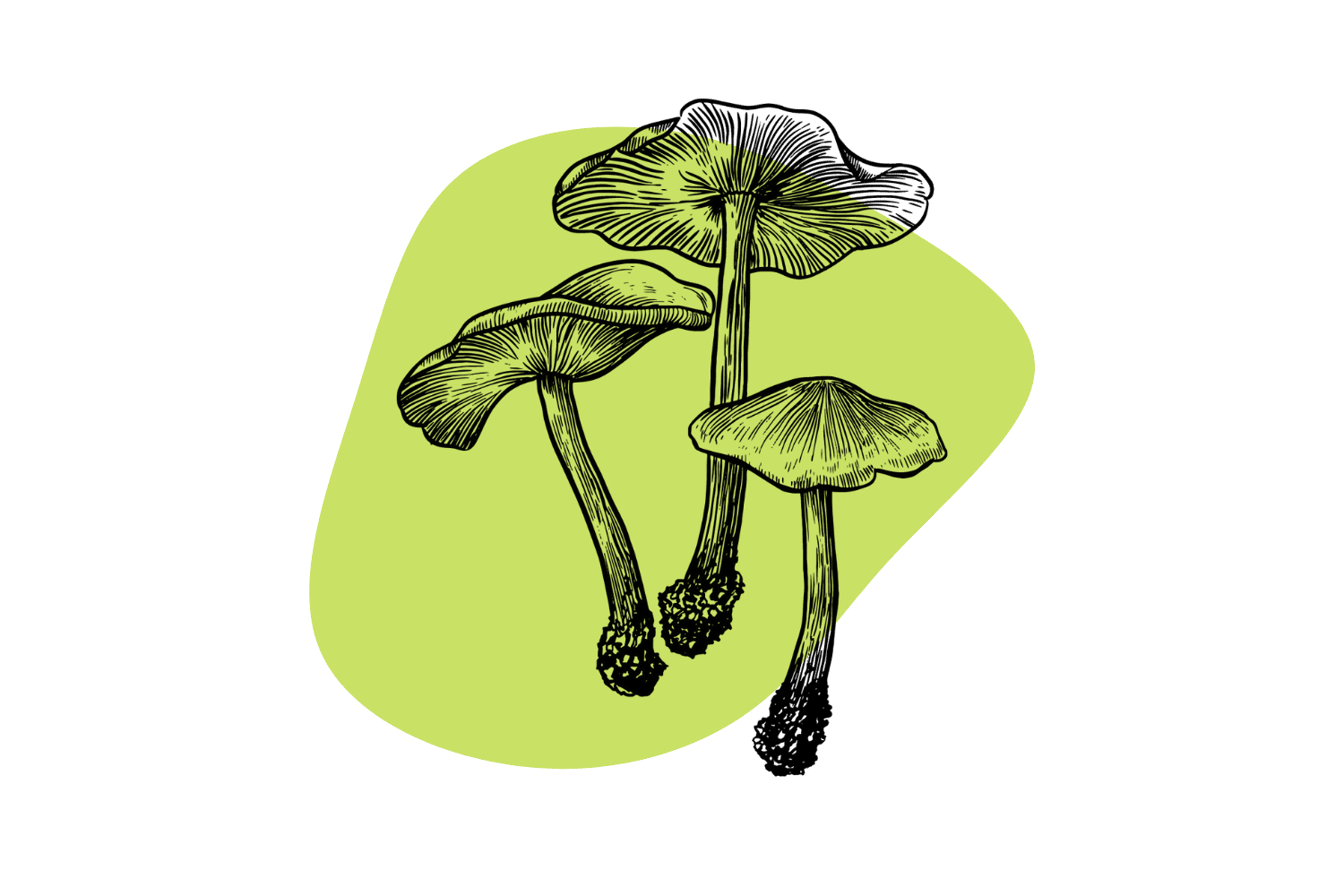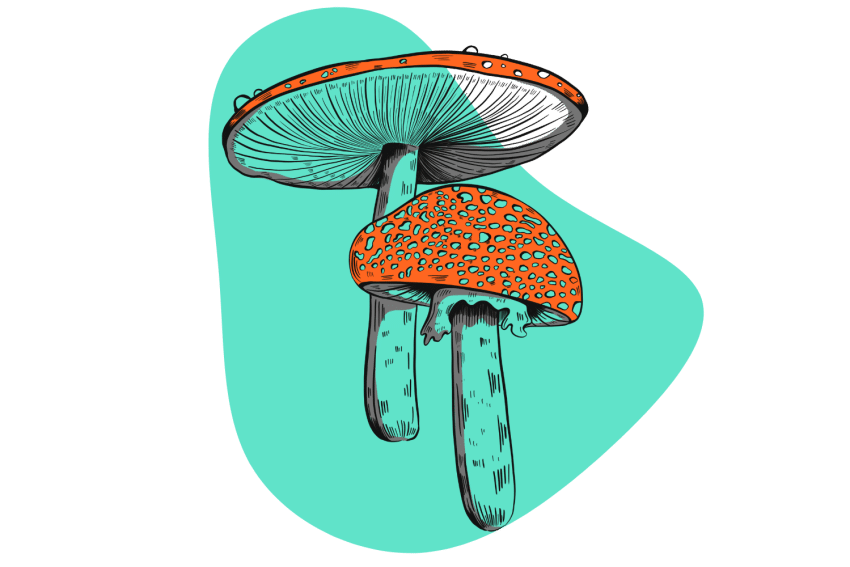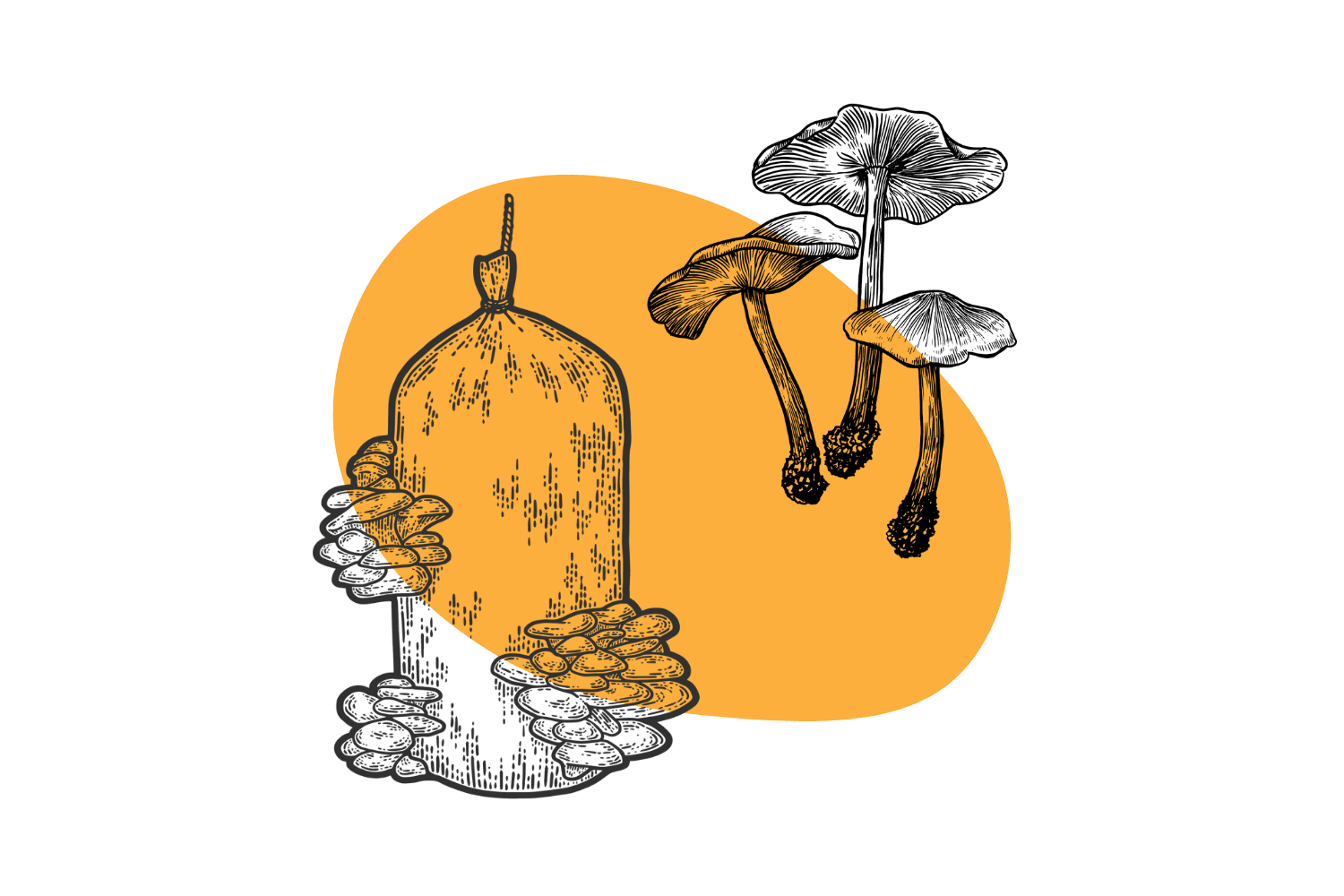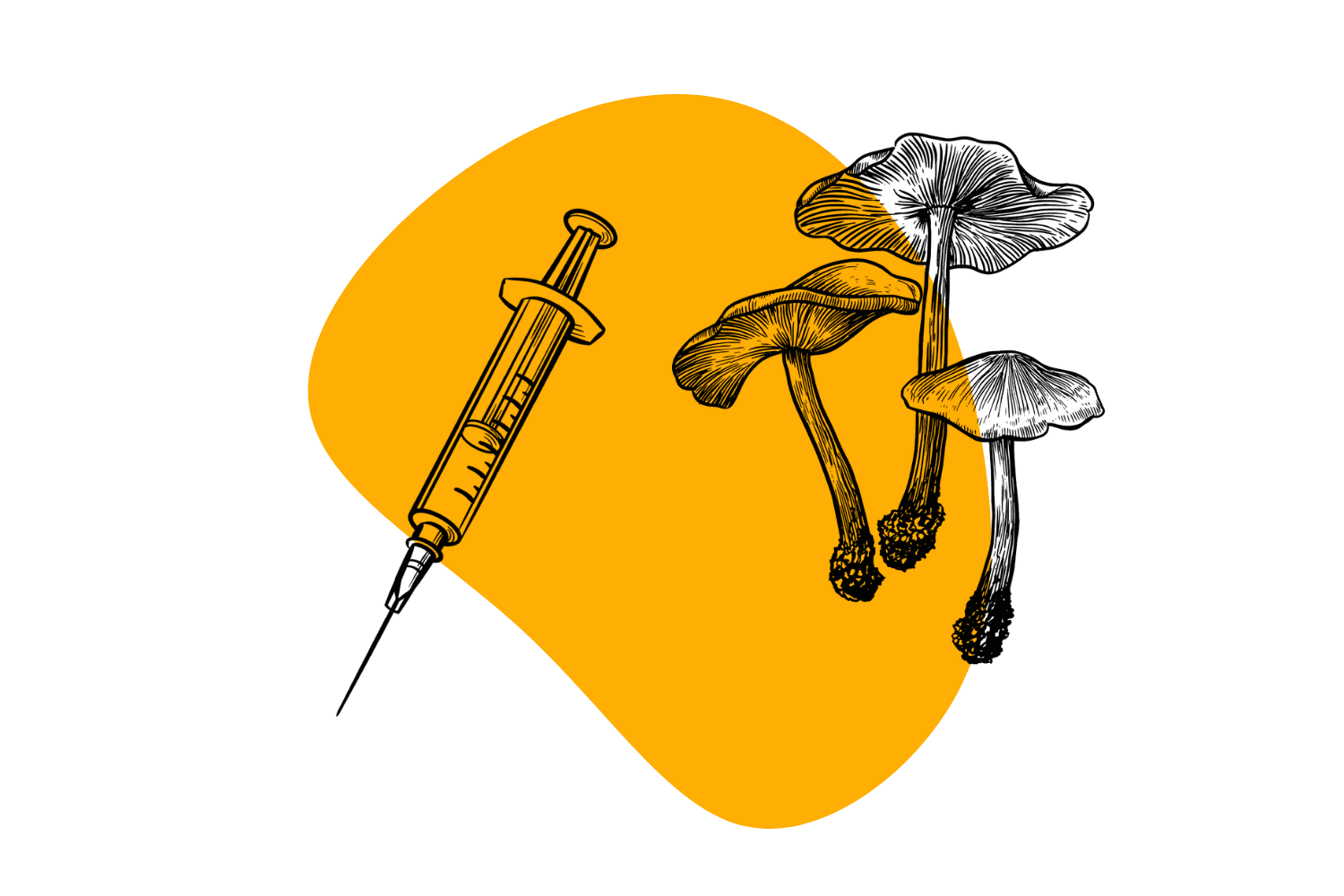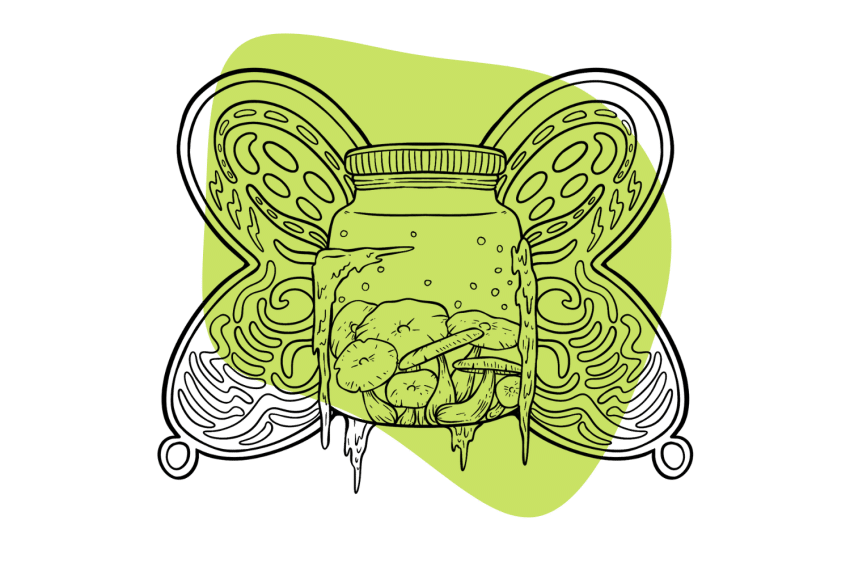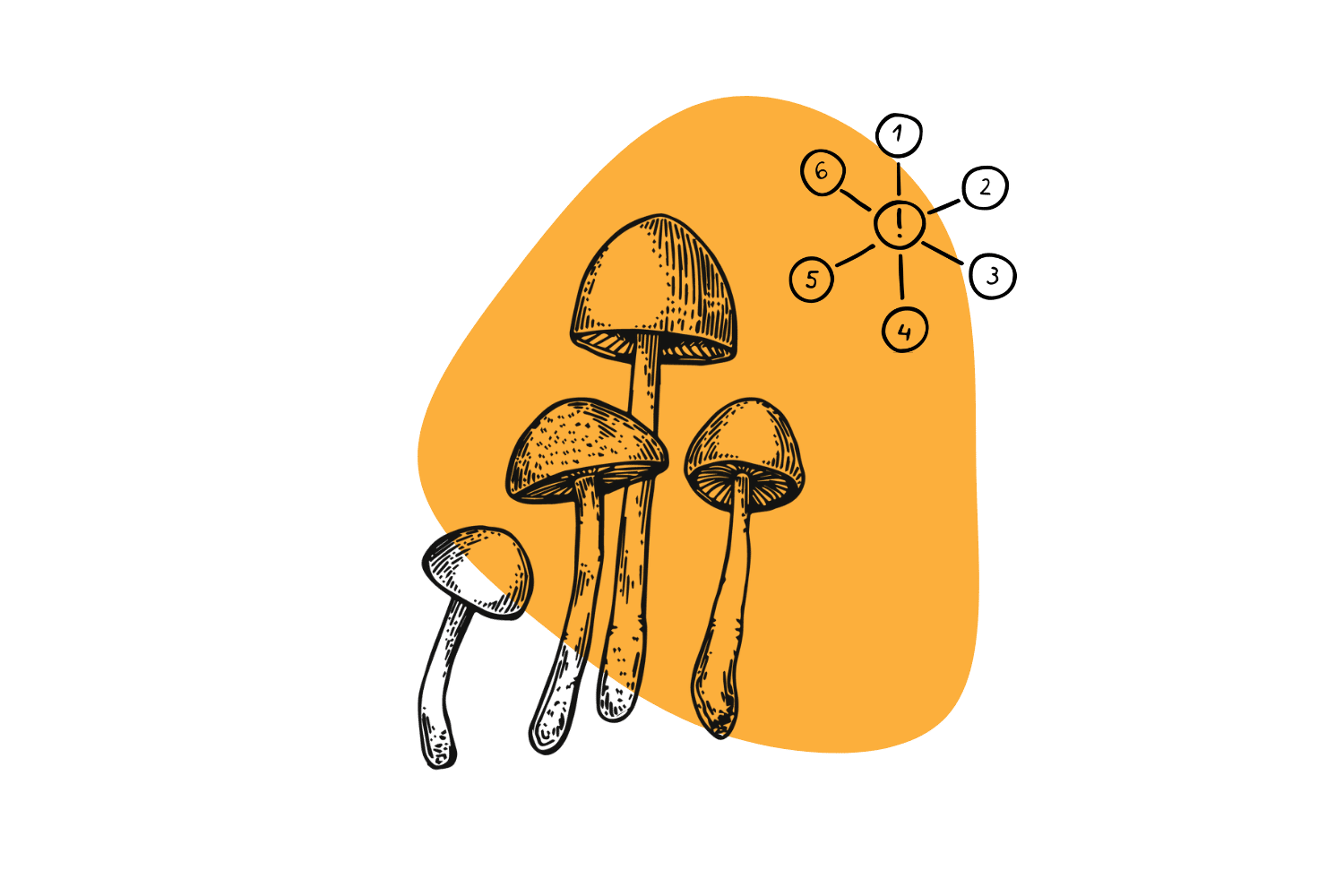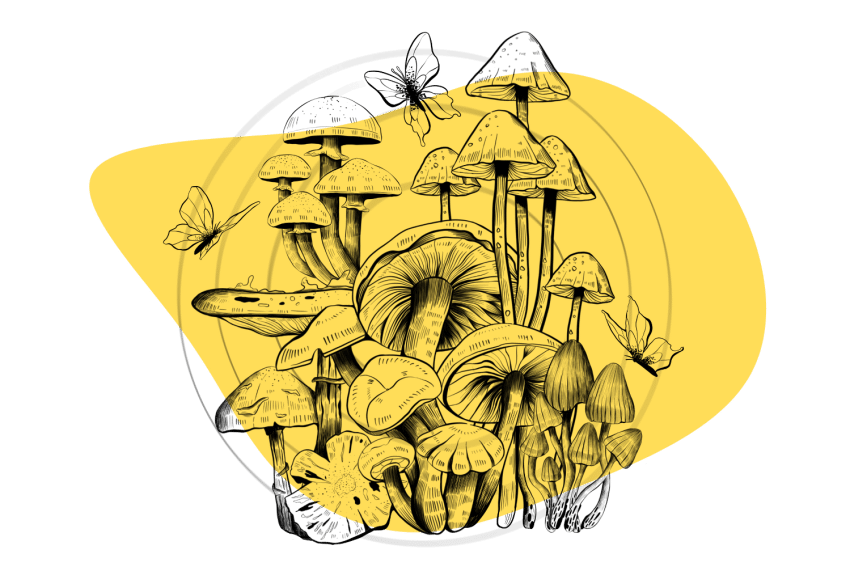Matias Romero Shrooms: Possibly One of the Most Ancient Magic Mushroom Strains Available
This magic mushroom strain is curiously named after the former ambassador of Mexico to the United States of America.
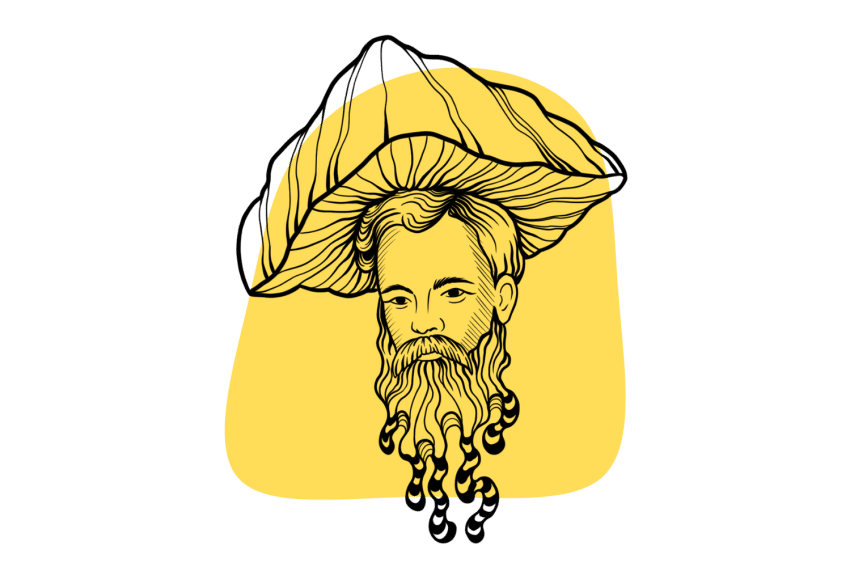
Matias Romero shrooms are a strain of magic mushrooms belonging to the Psilocybe cubensis species. This strain is said to have originated in Mexico (as the name would imply), although little is known about the exact origin or where the first sample was collected and isolated.
The Matias Romero strain isn’t incredibly popular, given how challenging it is to find. However, it’s believed that Matias Romero shrooms are one of the oldest strains on the market today, having been allegedly ‘cultivated’ for generations somewhere in the rainforests of Southern Mexico.
Matias Romero Shroom Specs
| Potency | Average 🍄 |
| Cultivation | Intermediate |
| Species | Psilocybe cubensis |
| Substrate Recommendation | Rye Grain or brown rice flour |
| Cost | $ |
| Sold By | Ralphsters Spores, The Spore Depot, Shayana Shop |
History of Matias Romero Shrooms
Some magic mushroom strains are rife with well-documented history and lineages, and others are shrouded in mystery. Part of the appeal of Matias Romero shrooms for some cultivators and users is that little is known about the origin and history.
It’s believed that the original sample for this strain was collected in Matias Romero, a small town in Oaxaca in Southern Mexico. The sample was collected by famous mycologist Stephen Pollock (informally known as Professor Fanaticus), who also developed the PK Tek process for magic mushroom cultivation — one of the most famous and widely used methods today.
It’s unclear whether the spores were collected from a wild strain and isolated in a lab or bred using another strain named after the founder: PF Classic.
There is much debate about whether or not there is a unique strain with the name Matias Romero or if users and cultivators just confuse it for the original PF Classic. Both mushrooms look very similar.
Some people claim that the real Matias Romero strain is rare but produces a trip experience unlike any other.
It’s also believed that the Matias Romero strain is one of the most ancient shroom strains today — although there’s little evidence to substantiate this claim.
Matias Romero Potency & Psilocybin Content
Most people interested in a particular strain want to know the potency if they plan on consuming it. In truth, it’s very challenging to nail down the potency of any strain because the tryptamine (psilocybin and psilocin) content can vary substantially from sample to sample and even among fruiting bodies from the same batch. The growing conditions and substrate play a major role in determining how potent a particular mushroom will be. Even strains that are known to be milder can be very potent if the conditions are just right.
With that being said, most trip reports state that the Matias Romero strain is average in terms of potency. That is, you can expect it to feel very similar to strains like Golden Teacher, Koh Samui, or Lipa Yai.
There isn’t much in the way of quantitative data on this strain, but we estimate the psilocybin and psilocin concentration to fall somewhere between 0.5% and 1% total (dried weight).
Where to Buy Matias Romero Shroom Spores
We’re not going to lie — it’s pretty hard to find these spores.
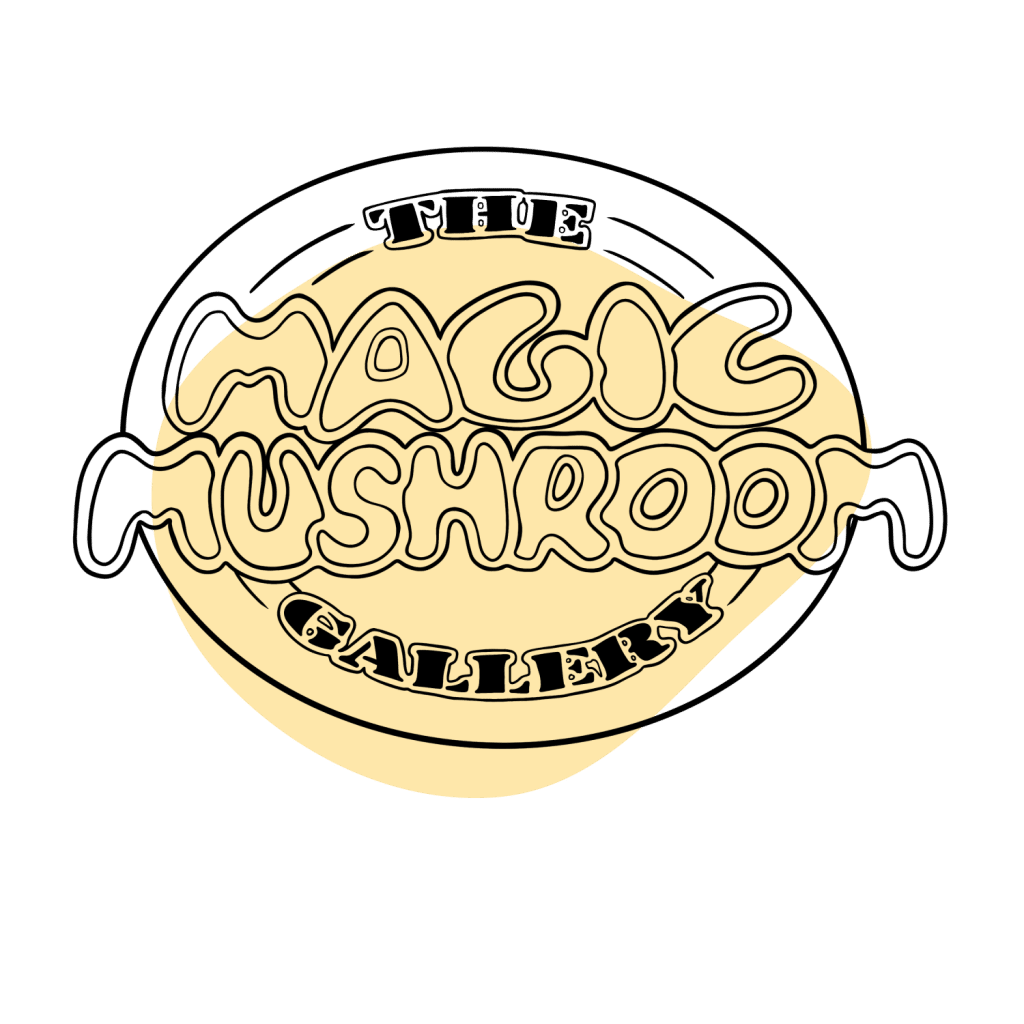
If you live in the United States, consider checking out Ralphster’s Spores, The Spore Depot, or Shayana Shop.
If you live in Canada, some of the best resources for spores include Spore Door and Sporeslab. However, neither of these shops carried Matias Romero spores at the time of writing.
The same holds true for shops in Europe. You can check for availability at Viking Spore and The Magic Mushrooms Shop, although this particular strain was unavailable at the time of writing.
Related: How & Where to Buy Magic Mushroom Spores (Legally).
How to Grow Matias Romero
Growing Matias Romero shrooms is similar to most other Psilocybe cubensis strains. However, you’ll notice that this strain takes longer to mature than many others, so the veil takes a few days to break and release spores.
This strain is also recommended for intermediate and expert growers only, as it has a high rate of aborts. It’s sensitive to low humidity, although it can tolerate high humidity well.
Lastly, cold-shocking is recommended for this strain. This practice helps induce greater yields and additional flushes. The flushes will diminish quickly if the hydration levels aren’t adequately maintained.
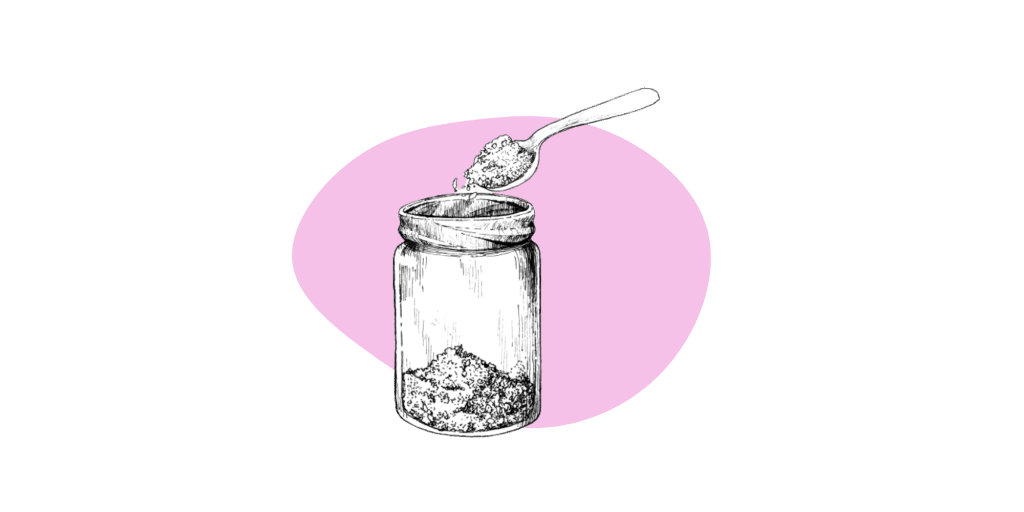
We’ll briefly explain the process of growing Matias Romero shrooms below, but be sure to read through our more comprehensive guide to mushroom cultivation for more information and guidance.
Step 1: Prepare Your Substrate
First, mix 2 parts brown rice flour or rye grain with 2 parts vermiculite and 1 part water. Scoop this mixture into a mason jar until you’ve reached about three-quarters of an inch below the rim. Fill the rest of the jar with dry vermiculite.
Step 2: Sterilize
Next, cover your jar with tin foil and screw on the rim lid. Place the jar in a pressure cooker for about 30 minutes, making sure that the temperature is above 121 degrees F the entire time.
Step 3: Inoculate
Next, sterilize a workspace as best as you can for the inoculation. At this point, the risk of contamination is high, so be as careful and thorough as possible. Introduce your spores to the sterilized substrate.
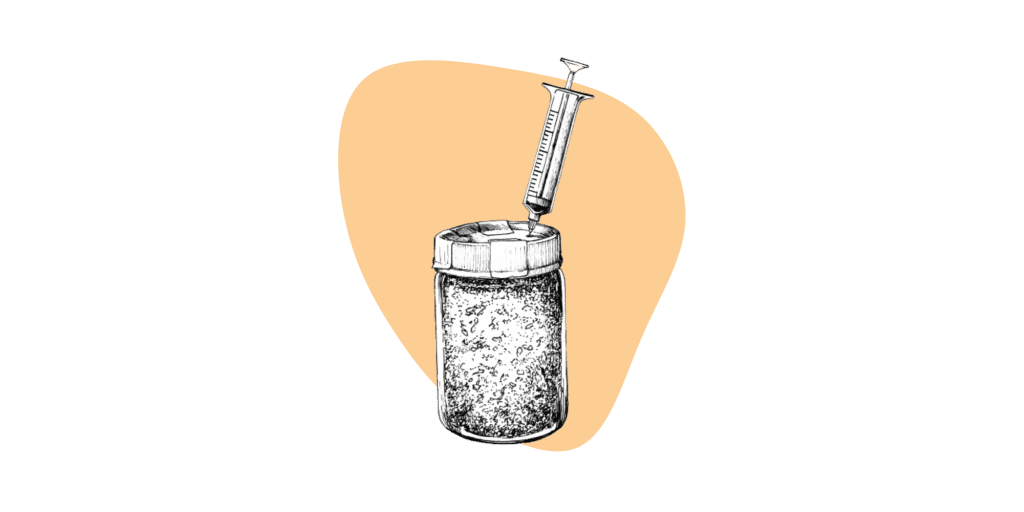
Step 4: Incubation & Colonization
Seal your jar and keep it in an incubation chamber. This chamber should be dark, above 85% humidity, and remain between 70 and 80 degrees. After several days, you should notice that the white mycelium has overtaken the entirety of the substrate. Once it has, move on to the next step.
Step 5: Fruiting
Open your jar and either place it directly in your fruiting chamber or remove the substrate and place it on some moist vermiculite in the chamber. The fruiting chamber should maintain a humidity above 85% — below this will very likely cause aborts with the Matias Romero strain — and a temperature between 50 and 65 degrees F. You’ll begin to see fruiting bodies form on the surface.
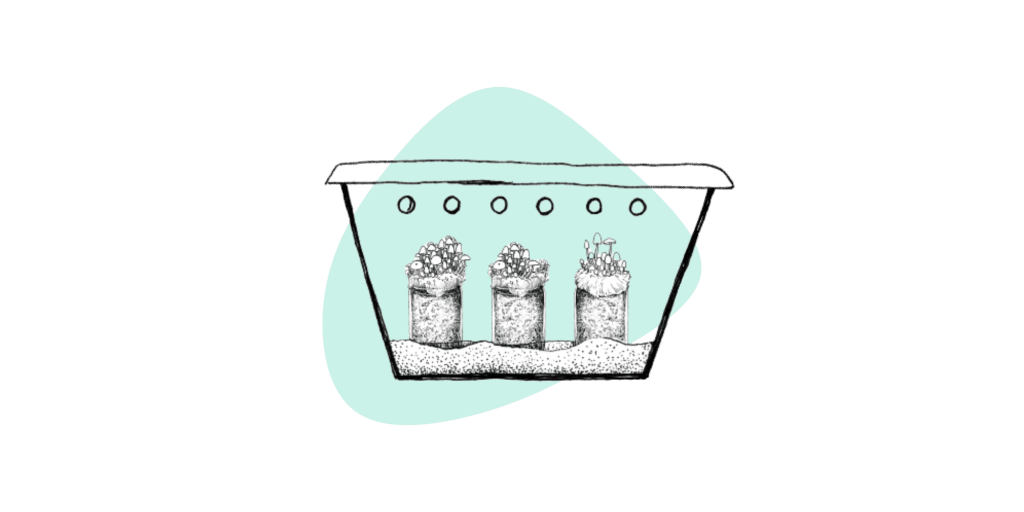
Step 6: Harvest
When the veil on the underside of the caps breaks, the mushrooms are ripe, and you’re ready to harvest. Cold shocking is a technique that Matias Romero shrooms take kindly to. Between flushes, dunk your shrooms in ice water for 20 minutes before returning them to the fruiting chamber. You can get several bountiful flushes following this method.
Similar Strains to Matias Romero
Since Matias Romero shrooms are quite difficult to come by, many users interested in their effects or growing habits will need to look for alternative options. Below are some similar strains to get you started.
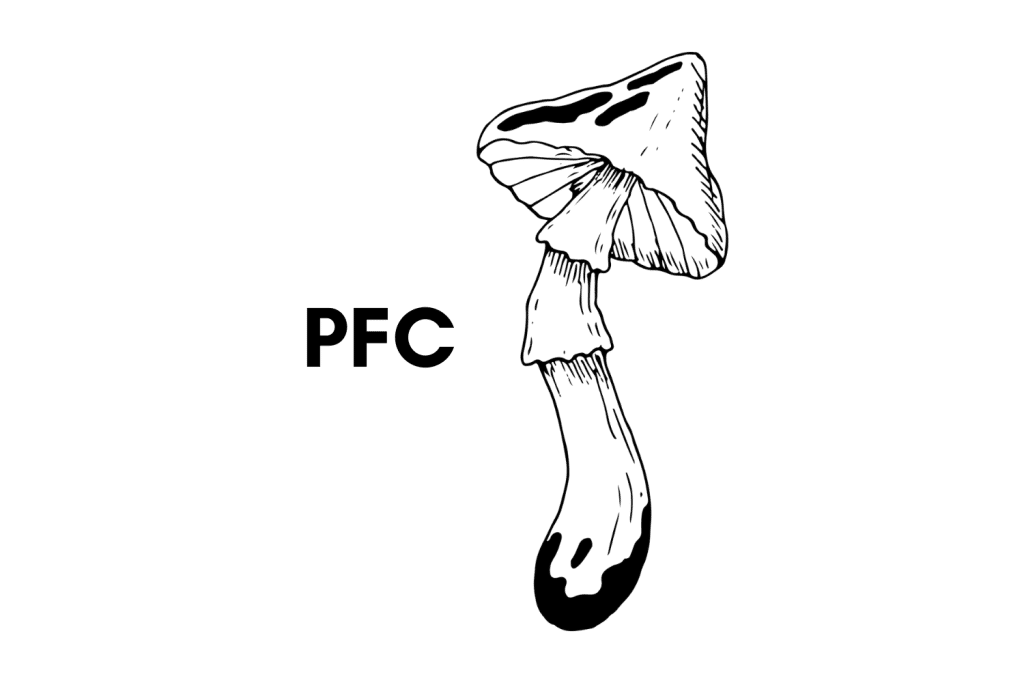
PF Classic Shrooms
The PF Classic strain and the Matias Romero strain were both first isolated by mycologist Stephen Pollock, commonly referred to as Professor Fanaticus (hence the “PF” in “PF Classic”). Some people argue that both strains are identical, while others note that the Matias Romero strain is just confused with the PF Classic strain. In either case, PF Classic makes a great alternative for Matias Romero shrooms.
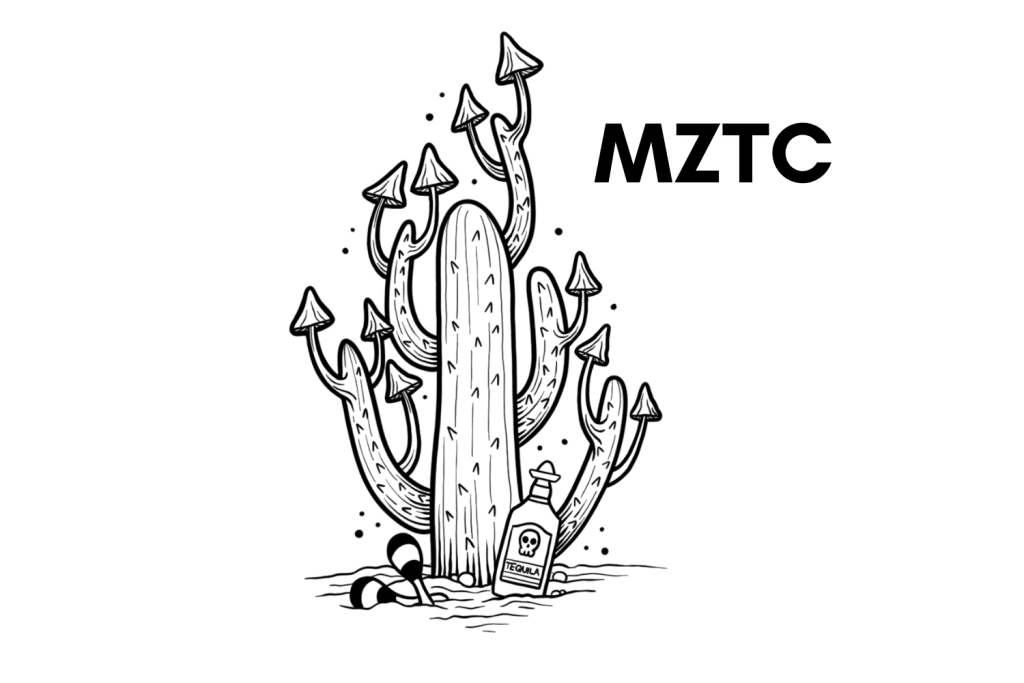
Mazatapec Shrooms
Mazatapec shrooms are another strain that was first collected in Mexico. These hail from the Mazateca Mountains in Southern Mexico, not far from where the Matias Romero strain was collected. The proximity of these strains’ origins may suggest that they descend from a common ancestor.
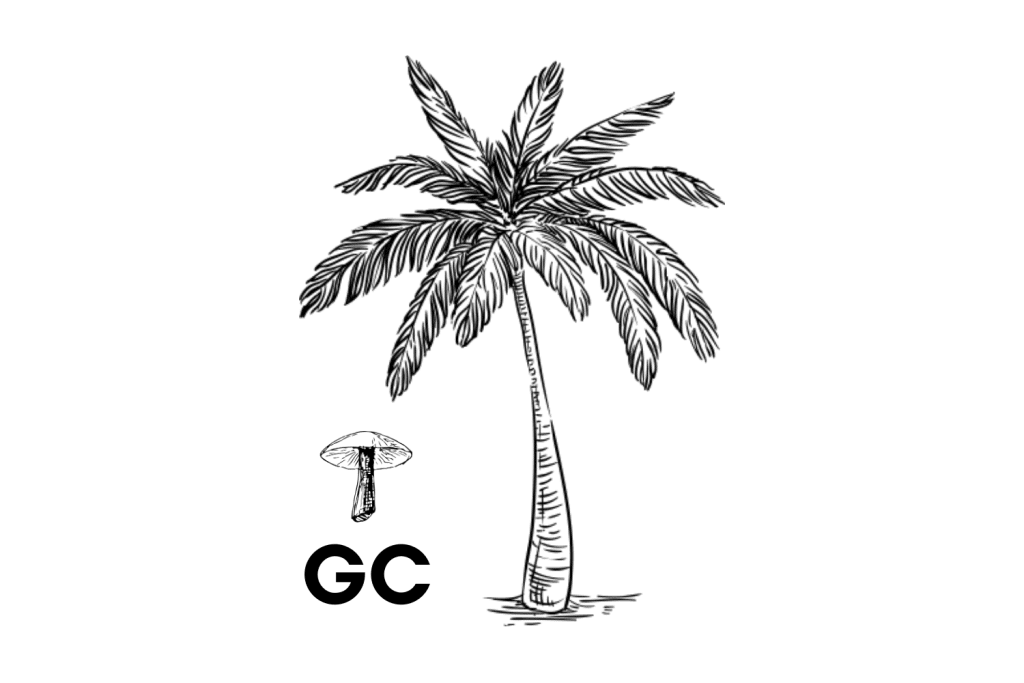
Gulf Coast Shrooms
As the name suggests, Gulf Coast shrooms come from the Gulf Coast of the United States. While this strain is far more resilient to suboptimal growing conditions than Matias Romero shrooms, both strains benefit from cold shocking. As such, cultivators looking to practice this method will find good success with either.
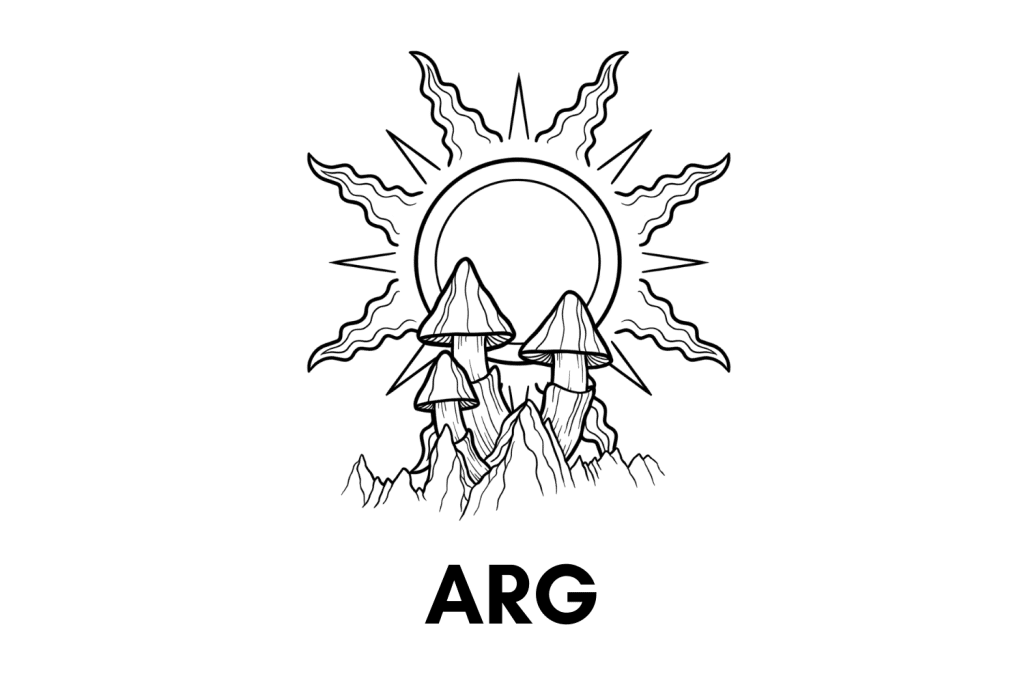
Argentina Shrooms
Finally, Argentina shrooms come from South America, a good deal south of where Matias Romero shrooms were originally collected. However, both strains are very tolerant of high humidity. Argentina shrooms can be a good alternative for Matias Romero shrooms in terms of potency as well, as they have an average concentration of psilocybin.
Strains vs. Species: What’s The Difference?
Many people easily get confused when differentiating between the terms “strain” and “species” when it comes to magic mushrooms.
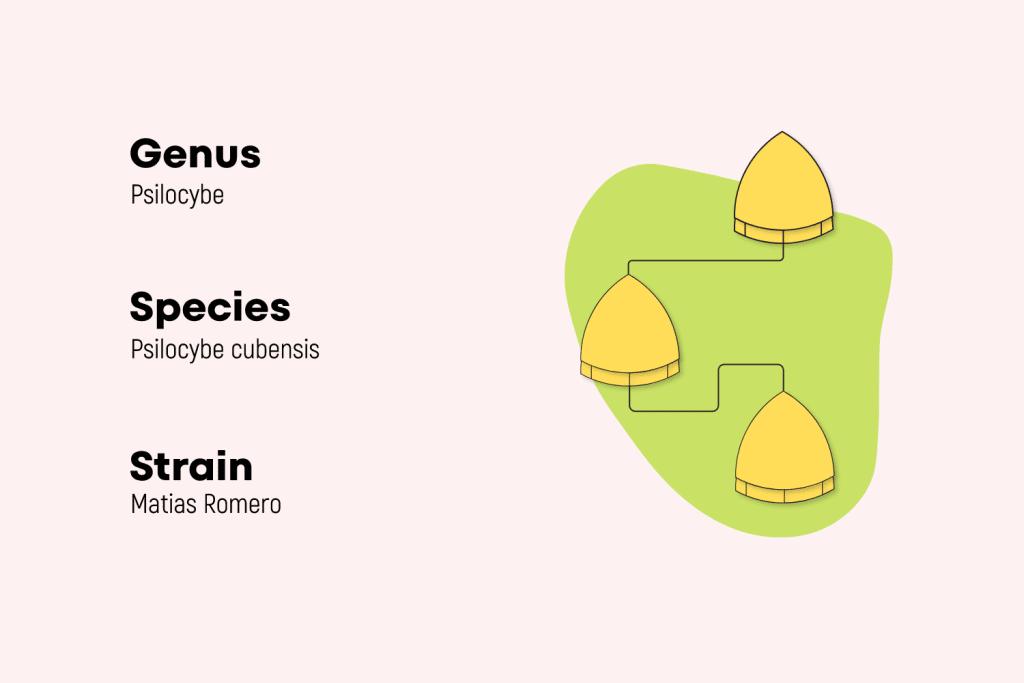
A strain refers to a single genetic sample with unique and repeatable characteristics that show up generation after generation.
Some examples of these characteristics include:
- Physical traits — such as stem length and width, cap size, cap shape, and gill shape
- Chemical differences — like variances in the amount of psilocybin and psilocin contained within the samples
- Growth habits — like the rapidity at which strains colonize and fruit and how many flushes a strain typically provides
It’s important to note that strains within a given species are genetically identical, and any of the differences mentioned above are due to varying growing conditions.
For example, Golden Teachers have long stems of a medium thickness, wide caps that come to a point up top, and a slightly above-average potency. Blue Meanies, which belong to the same species, tend to have more bulbous caps and are known for their dark blue coloration when handled or damaged. These strains are genetically identical, and their differences are attributed to epigenetic differences in response to growing conditions.
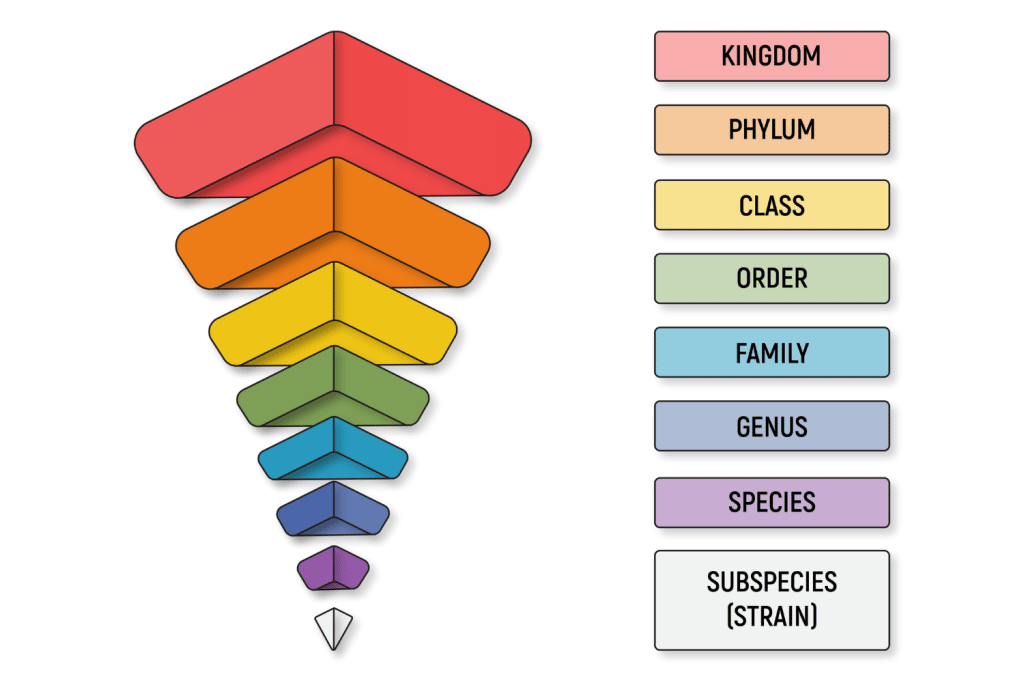
The term “species” refers to a set of genetically identical shroom strains. Shrooms that belong to different species — like Psilocybe cubensis and Panaeolus cyanescens — are genetically unique, and any differences in appearance, potency, and growing habits tend to be attributed instead to genetic differences.
It might help to think of plants that humans often use, as we tend to differentiate between strains when the plant is important to us. For example, you might know many different cannabis strains, like Northern Lights, OG Kush, and Gorilla Glue.
These strains are genetically identical and belong to the same species: Cannabis sativa. We also differentiate between strains of kava — like Melo Melo and Pouini Ono — and kratom — like Green Bali and White Kalimantan.
There are hundreds of magic mushroom strains, all of which have varying physical appearances and potencies attributed to growing conditions and origin.

